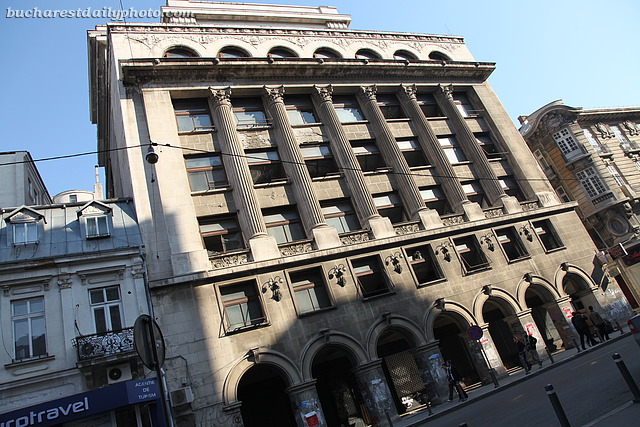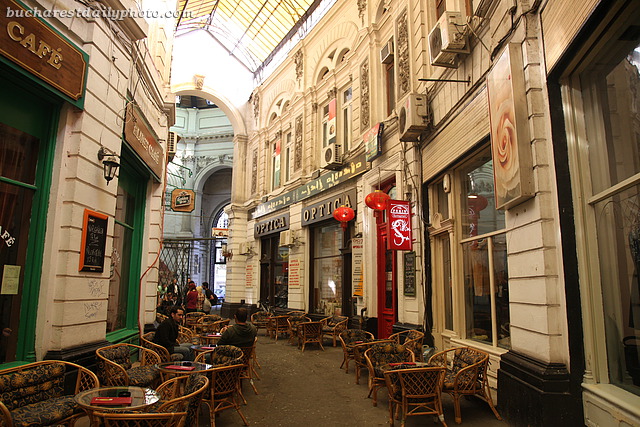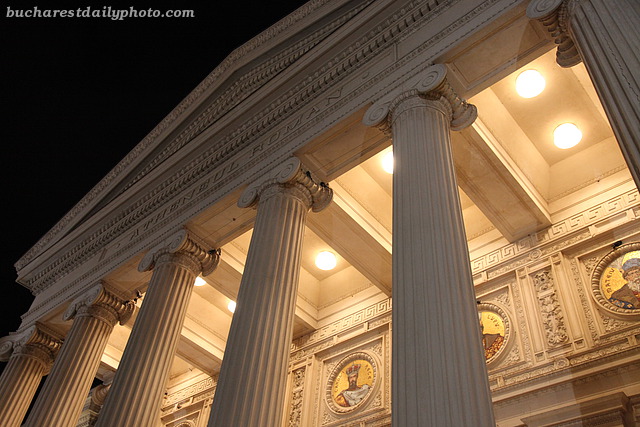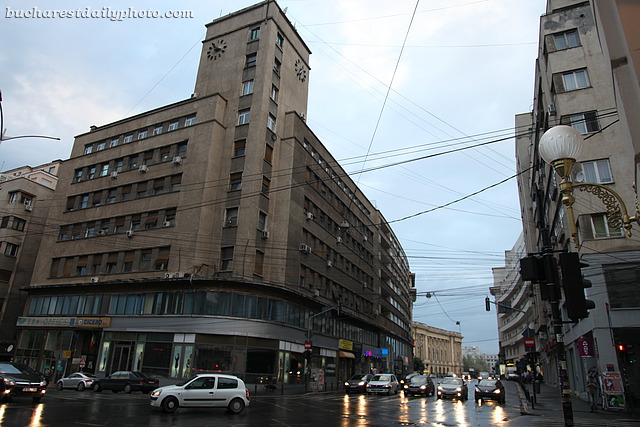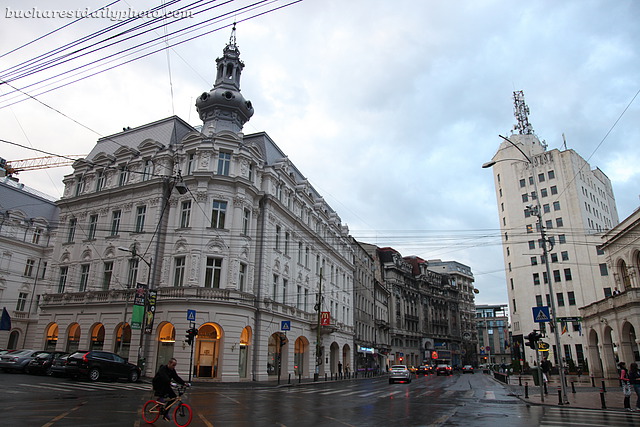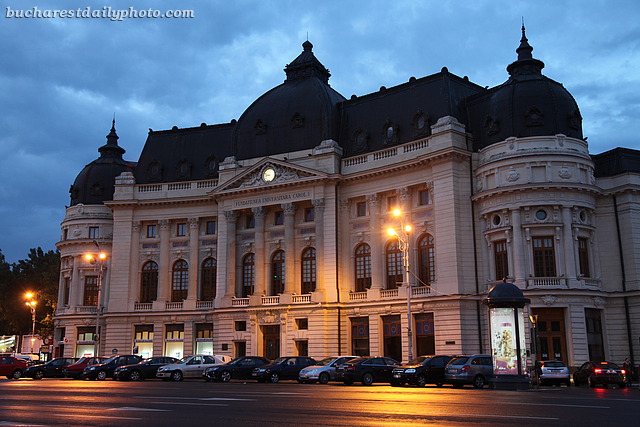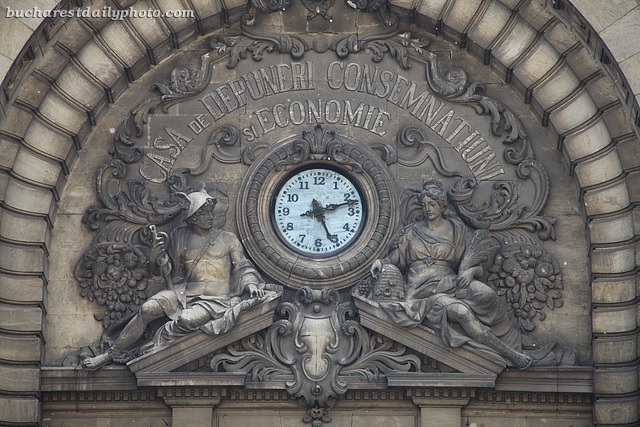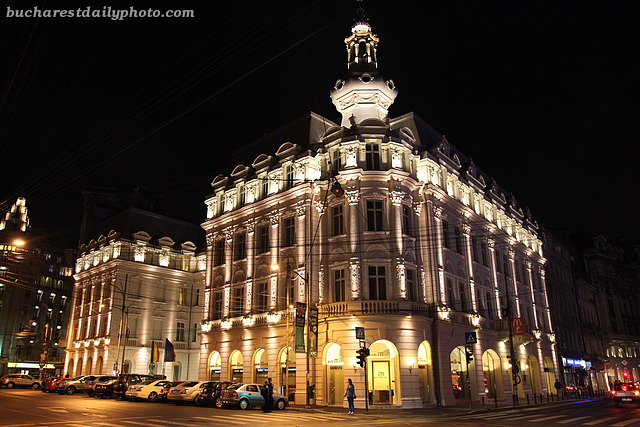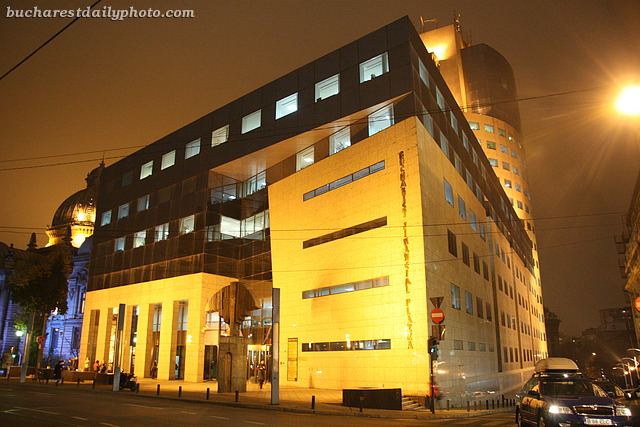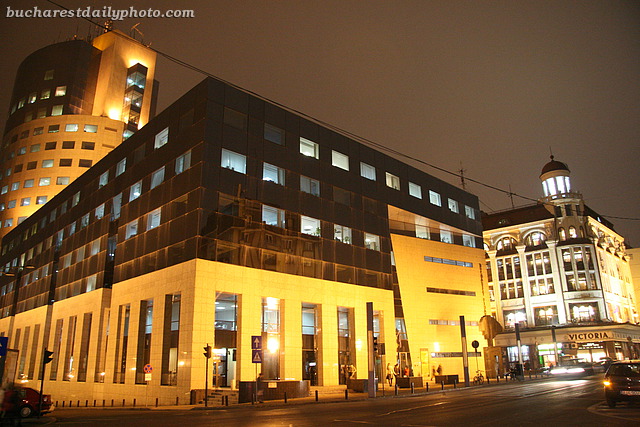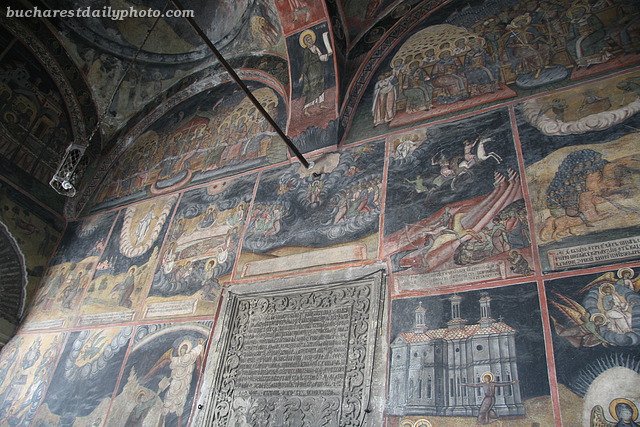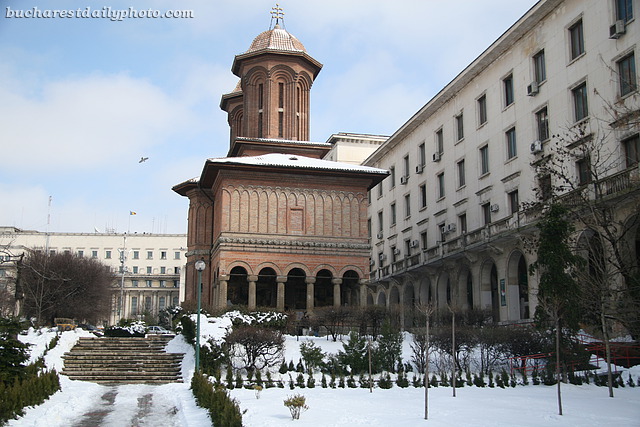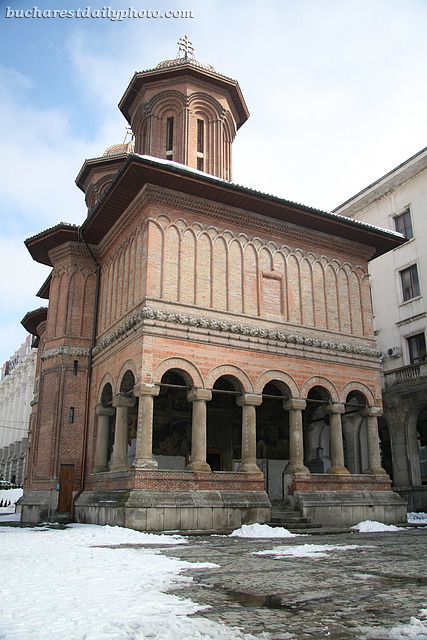I often wondered about the story behind this apparently abandoned building on Calea Victoriei. Which is why yesterday I decided to do more than just wonder and searched the web for answers. What I found was a great article (in Romanian) which talks in detail about the history of the building. It was built in 1938 after plans by architect Radu Dudescu (also the chief architect for the new wing of the National Bank of Romania) as the House for Pensions and Loans of the employees of the National Bank. A beautiful building, too bad that nowadays it’s in such a bad shape.
Today is Theme Day at the City Daily Photo community, a monthly event that happens the first day of every month, when all participating blogs will post a picture that relates to the theme day’s description. Today’s theme is: Postcard-Worthy. Click here to view thumbnails for all participants
For today’s theme I picked a shot taken in the Macca-Vilacrosse Covered Passage, which is located in the Old Town area and is one of the most popular places for going out with friends in Bucharest.
The Romanian Atheneum from a new angle.
I have skipped posting for a few days (again) and I blame Sibiu for that – it turned out to be a great city 🙂 and with all the events going on I had no time for posting. I will try to make up for that in the next few days.
Above the entrance to the C.E.C. Palace (National Savings Bank)
Recently restored and looking better than ever. The hotel was built in 1886 by architects Emil Ritten Forster and I.I. Râşnovanu in German Renaissance style. It replaced another hotel, located on the same spot, Grand Hotel Broft which took its name from one of the former residents, Carol Broft.
On the road and struggling with a slooow Internet connection so I’ll keep it short. Today’s photo shows the beautiful frescoes of the Kretzulescu church’s porch.
Kretzulescu Church aka Creţulescu Church is an Eastern Orthodox Church located on one of the corners of the Revolution Square, by the former Royal Palace. This red brick beauty is one of the oldest churches in Bucharest, being built between 1720-1722 by the boyar Iordache Cretulescu and his wife Safta, a daughter of prince Constantin Brâncoveanu. The church is built in the style created by Constantin Brâncoveanu, a seventeenth century ruler of Wallachia, who commissioned numerous buildings during his reign and set out to create a distinctive national genre of architecture. The exterior of the church was originally painted, but the paint was removed during the 1935-1936 renovations, conducted by architect Ştefan Balş. More renovations were done after the 1977 earthquake and the Revolution of 1989. During the communist regime the church was scheduled for demolition but it was saved through the intervention of architects.
